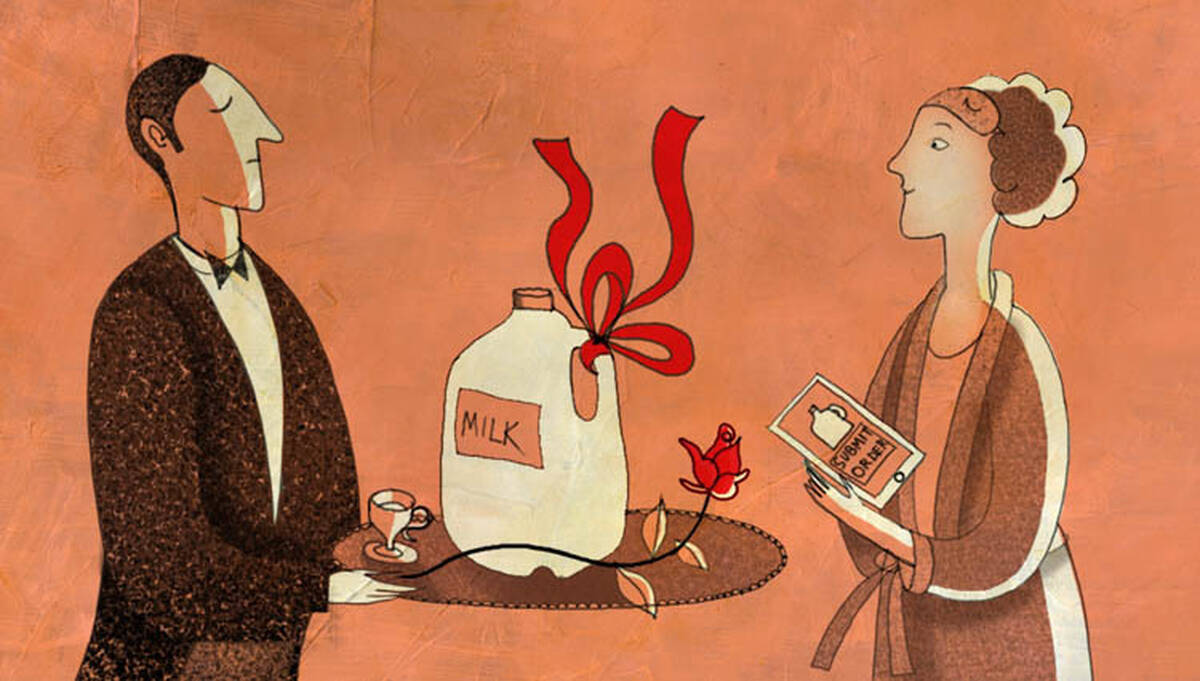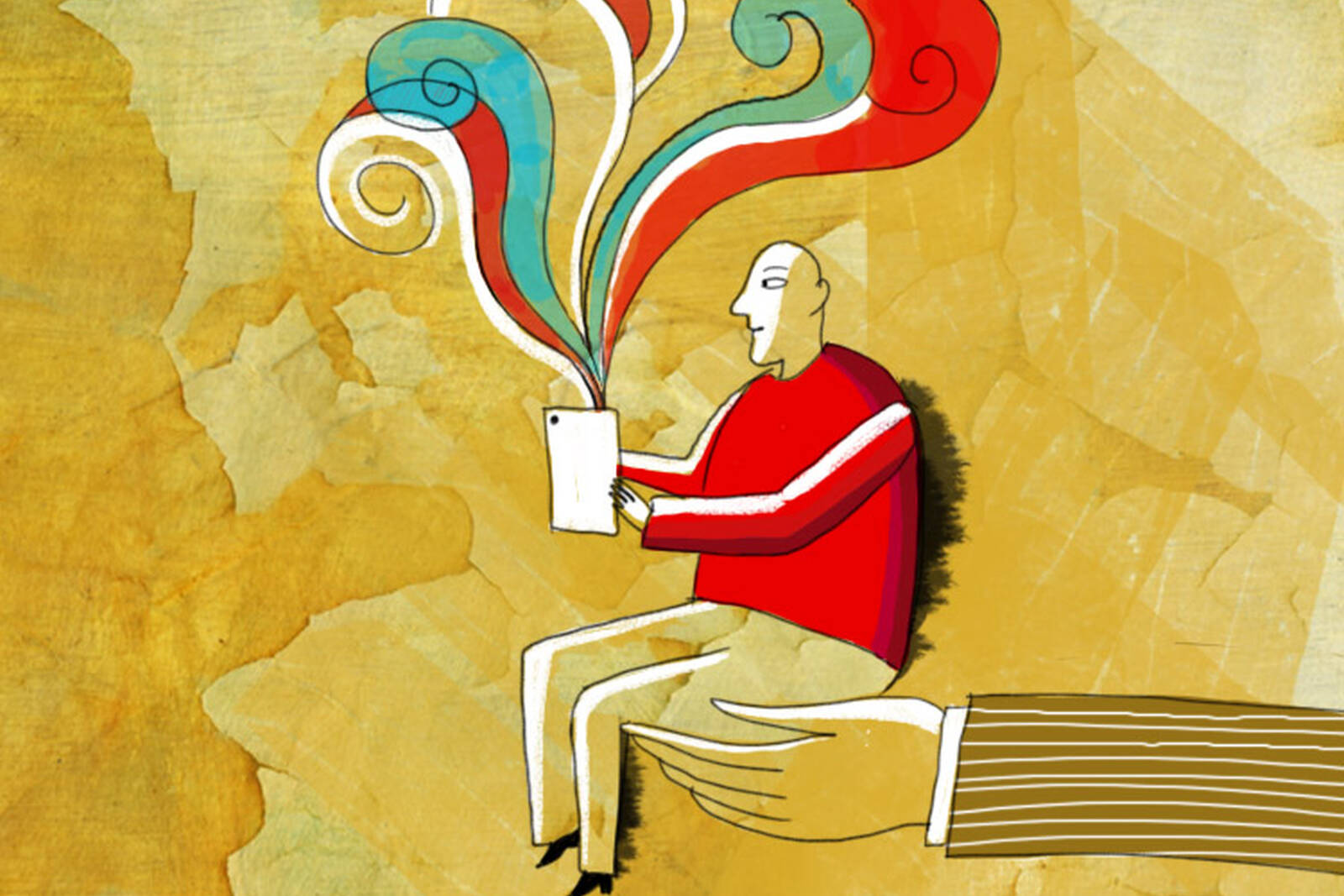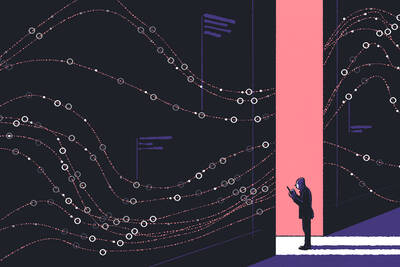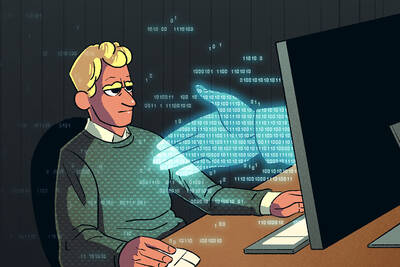Marketing Mar 5, 2018
How to Design a Stellar Customer Experience
The Zappos of the world are redefining expectations. Whatever your industry, you need to keep up.

Yevgenia Nayberg
Customers today have high expectations. They demand personalized service, constant engagement on social media, and extreme convenience. And should a business fall short in any of these areas, it has never been easier for customers to look elsewhere.
So what does this mean for companies?
According to Michal Maimaran, a clinical associate professor of marketing at the Kellogg School, firms need to look across industries and assess their customer service against the broader consumer landscape.
“You’re no longer just competing against the companies in your industry—you’re competing against everybody,” says Maimaran, who, together with John Schroeder, founder of Nova Foresight and adjunct professor at Loyola University Chicago, has written a guide for companies seeking to get more value from innovation. After meeting with CMOs and heads of innovation across a range of industries, Maimaran and Schroeder were struck by how many executives mentioned customers’ rising expectations as an impetus for rethinking their own innovation strategies.
“Whether they’re flying to London, ordering a pizza, or buying a pair of shoes, customers have come to expect the same ease and fluency, so you have to cater to those expectations,” says Maimaran.
Maimaran and Schroeder offer insights into how businesses can rise to meet these lofty expectations to keep valued customers coming back.
Reimagine the Customer Experience
To achieve sky-high customer service, a company first has to holistically consider how its customers move through the world. What models of customer service are they exposed to, and how has that service shaped their expectations?
“You can’t build a strategy in isolation,” Maimaran says.
Today many firms have robust digital and social-media presences that make it easy for customers to find information and ask questions without ever picking up the phone. Similarly, many firms allow customers to use apps to place orders, hail cars, check in to flights, and make appointments—in a matter of seconds, and at all hours of the day.
Customers are also exposed to increasingly innovative customer service. Thanks to firms like Dominos, which offers customers the ability to place an order by tweeting a pizza emoji, customers are becoming accustomed to service that is not just convenient but surprising or even fun.
Or consider, for example, that today many customer-service hotlines—whatever the business—tend to keep a record of their customers’ personal information, past transactions, and preferences as a way to save time and make interactions more efficient.
“Now, when customers give their information to a company, they expect everyone from that company to have that information,” Maimaran says. “Anything less falls short of the standard.” Service models that feel burdensome or redundant are not well tolerated.
“You’re no longer just competing against the companies in your industry—you’re competing against everybody.”
As Maimaran and Schroeder learned in their interview with the former CMO of United Airlines, Tom O’Toole (now a clinical professor of marketing and senior fellow at Kellogg), customers who contact United expect the same smooth customer service they would get from a firm like Zappos—though changing airline tickets can be quite a bit more involved than returning shoes, and United’s legacy-systems infrastructure required development to enable seamless interactions across its various channels.
“You want to look across industries, but you have to do it reasonably. United Airlines cannot have the same customer service as Zappos, but they can strive to close the gap,” says Maimaran.
Talk to Your Customers
Having surveyed the broad landscape of service innovations (and customer expectations), companies must next determine which are truly essential for their business to address. Given the challenges companies face today, how do they determine how to innovate?
“Talk to your customers,” Maimaran says. “Even with all this technology and data, companies still need traditional consumer research. They need to find out exactly what people want from their products or services.”
Such discussions can often lead to unexpected insights that will pinpoint where a company should focus its efforts and which opportunities it may be able to ignore—for now. For example, a small lawn-care company might find that a robust or clever social-media presence is not essential to its business. But it does need to make it very easy for customers to change an appointment time outside of business hours or leave specific instructions for the gardener. Otherwise, these customers might find it simpler to cancel the service altogether.
These conversations may also reveal that a firm’s perceptions about what its customers expect are off the mark.
As Maimaran and Schroeder describe in their guide, in United Airlines’ development of its new Business Class product, the firm initially considered focusing on a luxury experience. But in talking to its customers, United found that people were less interested in luxury amenities than in getting quality sleep and being rested upon their arrival. So instead of focusing merely on the time spent aboard the plane, the company looked at the whole customer experience, including pre-departure. Discovering that customers value rest over luxury—or rest as a luxury—guided the design and features of Polaris lounges, where customers can have a meal before boarding.
Still, Maimaran cautions, “You cannot expect customers to solve your problems for you. They can tell you what’s important to them, but they’re not going to suggest new product or service ideas.”
A first step, she says, is identifying the customer experience within your industry, which can lead to reimagining a new experience by learning from other industries. But the company needs to be willing to invest in such changes. For instance, in order for United Airlines to make its customer service more streamlined and compatible with today’s customers’ expectations, the company needed to advance its customer interaction process, including making changes to its IT systems.
“As customer-service expectations across industries evolve, it is not a matter of ‘if’ but ‘when’ your industry will be impacted,” says Maimaran. “The leaders of the next five or ten years will be the ones who realize this first and act upon it.”



